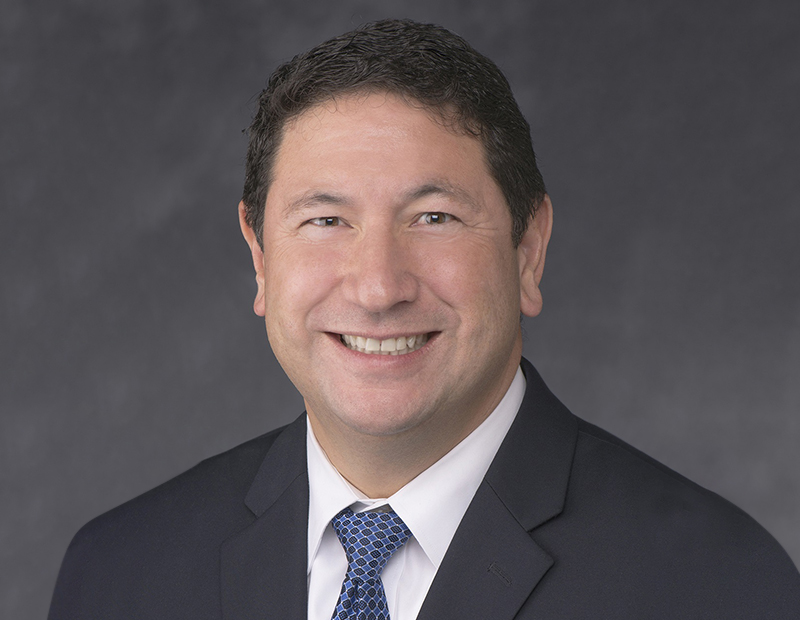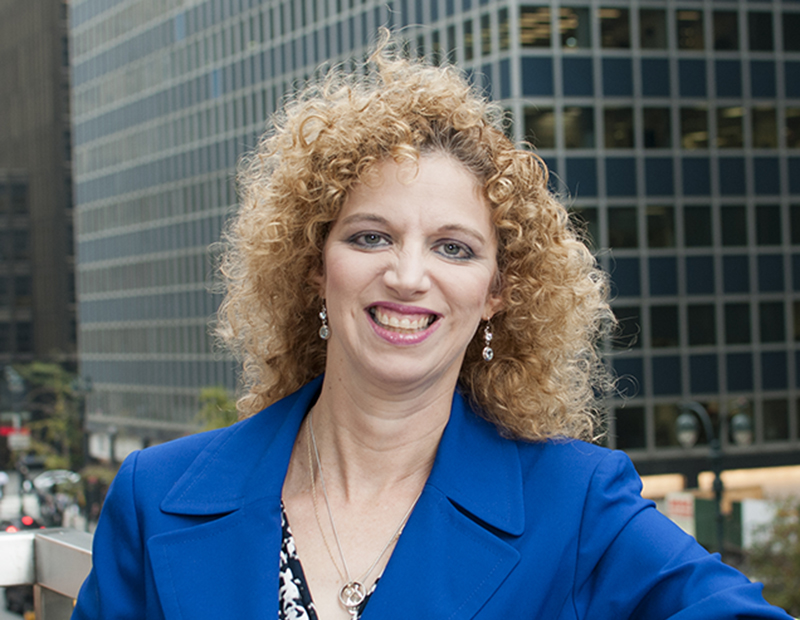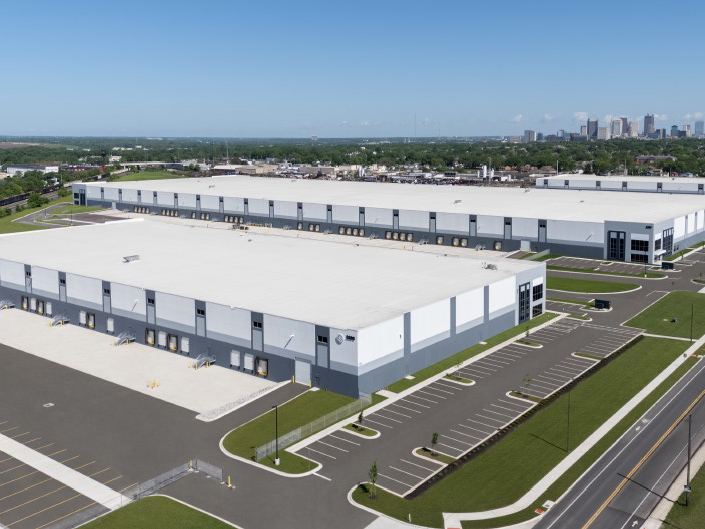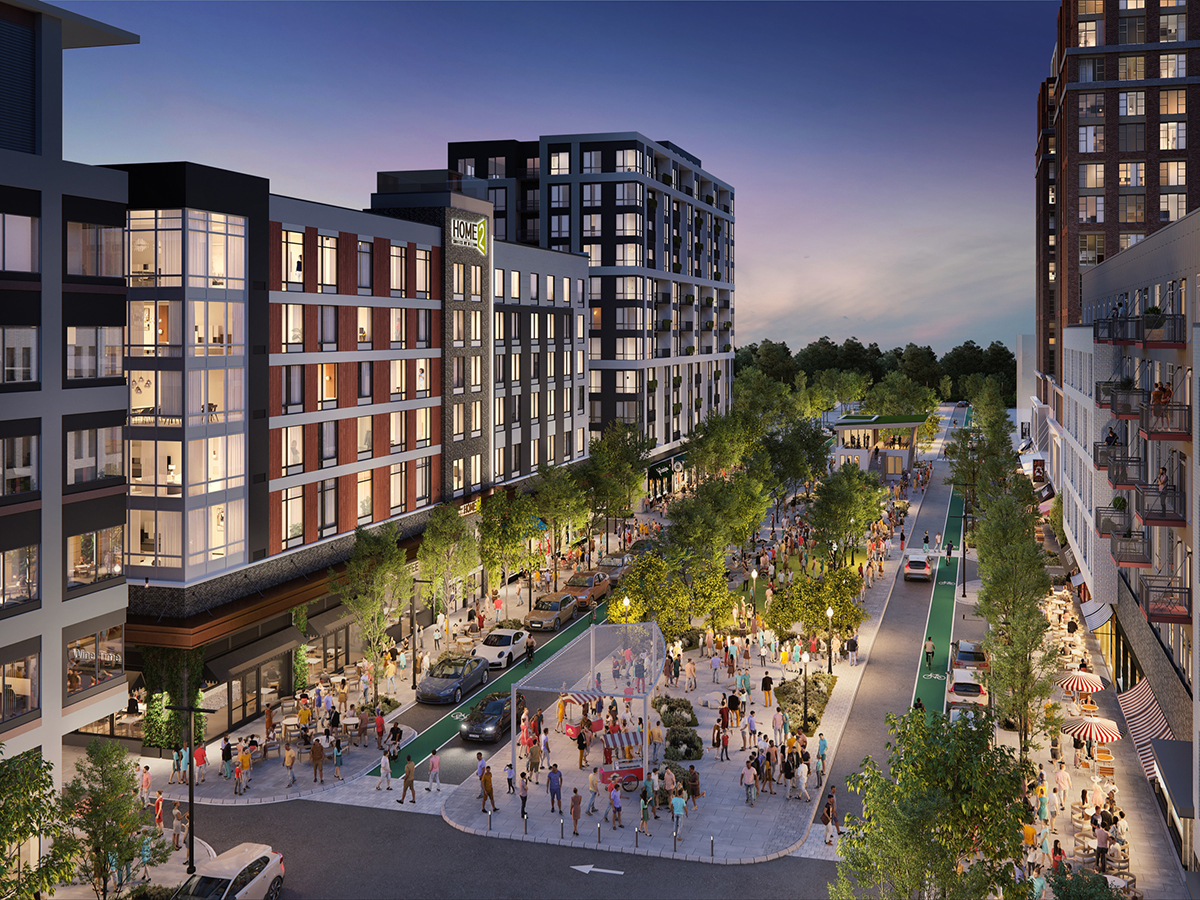MOB Sector Keeps Thriving
Demand for the specialty product is likely to stay robust for the long term, Marcus & Millichap predicts in a new report.
By Barbra Murray
According to Marcus & Millichap Real Estate Investment Service’s latest National Medical Office Research report, the medical office building sector continues to thrive, practically unabated. Certain numbers have fluctuated a bit and the rate of growth has inched in one direction or the other, but results from the first half of 2018 paint a rosy picture of the sector’s future.
The Baby Boomer effect is still very much a factor in health-care real estate, and MOBs are no exception. According to the report, “The expanding 65 and older population base remains a stalwart demand driver of medical office space.” The numbers tell the story. Despite having inched up over the last four quarters, the MOB vacancy rate at the close of the second quarter was an enviable 8.2 percent, a figure that is still not too far off the 10-year low of 8 percent. Rents went on the upswing just a tad, increasing 0.9 percent from mid-year 2017 to $23.18. The report points to consolidation in the health-care industry as a source of rental rate growth.
Building MOBs
Construction in the MOB sector continued at a notable, albeit relatively slower pace in the first six months of 2018. Approximately 4.1 million square feet were delivered in the first half of the year, compared to 4.5 million square feet in the first half of 2017. Annual deliveries at the mid-year point totaled 9.9 million square feet, a small year-over-year decline from the 10.8 million square feet seen in the previous annual period.
While MOB’s are still popping up at hospital campuses, the majority of the properties are being built on off-campus sites, as medical providers seek to accommodate demand by making outpatient services available in neighborhoods and suburban areas for ease of access. The movement has caught the attention of investors.
“One of the most interesting emerging trends has been the yield compression between on-campus and off-campus medical office properties,” John Chang, senior vice president & national director of research services with Marcus & Millichap Real Estate Investment Services, told Commercial Property Executive. “Traditionally, on-campus medical office assets traded at a premium because of their proximity to major medical facilities, but with the emergence of outpatient care and the penetration of medical offices into convenient suburban residential areas, demand for these types of properties has risen substantively.”
The X-Factor
Health-care reform was the conversation in the first half of 2017; one year later, questions still abound but players in the MOB sector have resolved to move forward in the face of the unknown. “Ironically, although uncertainty about health-care insurance reform permeates the dialog about medical space demand, any restraint on the sector has thus far been more than offset by the strength of demographics and the aging of the U.S. population,” Chang said.
Still, there’s the elephant in the room. “If, however, health-care reform stabilizes and investors are able to more clearly anticipate the future of the sector, demand for medical office investments could experience a substantive surge,” he added. Physician shortages and increasing health-care costs also present challenges.
Sunny forecast
As noted in the report, the population of those who are 65 years of age and older in the U.S. has risen at an annual pace exceeding 3 percent since 2011 and the group is expected to increase by 20 million by 2028, accounting for 20 percent of the national population base. The numbers suggest that, even with potential challenges, the success of the MOB sector is unlikely to come to a halt in the foreseeable future.
“The medical office sector outlook remains particularly strong, with moderate construction and steadily rising space demand,” Chang added. “Vacancy levels are near a 10-year low, and despite some uncertainty regarding the health-care insurance outlook, the need for medical services will continue to increase as the aging baby-boomer generation requires additional care.”
Image courtesy of Marcus & Millichap








You must be logged in to post a comment.